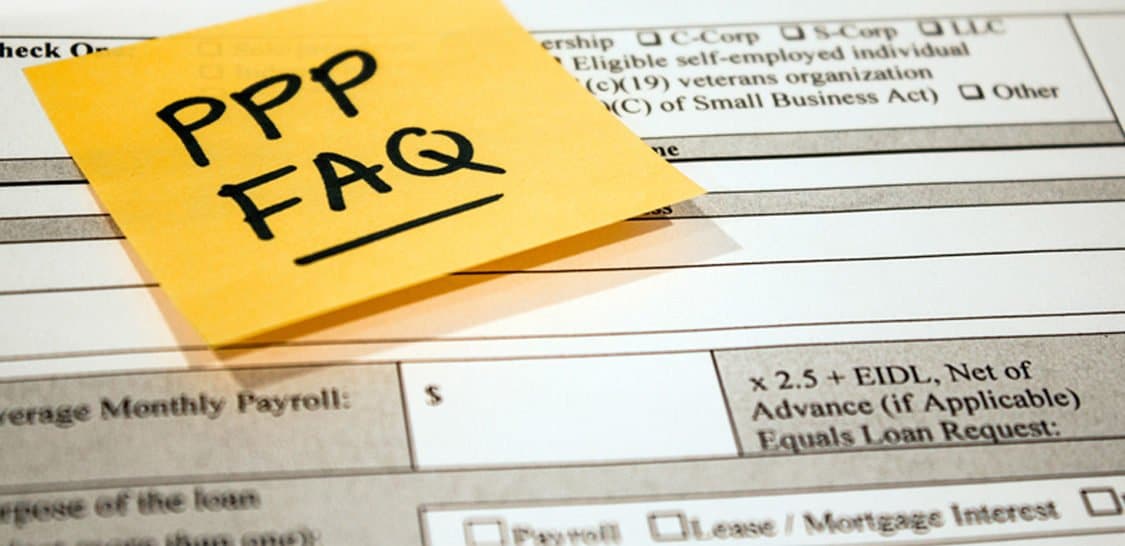The most significant update since the Paycheck Protection Program’s launch was signed into law on June 5, 2020. The PPP Flexibility Act eases the rules around use of this federal aid and forgiveness eligibility. It comes at a critical time when many small businesses are making decisions on how to spend their remaining funds as the original eight-week covered period draws to a close and increases the probability that businesses will be able to spend their entire loan balance on qualified costs that are eligible for forgiveness.
Many of the PPP Flexibility Act’s provisions resolve major unknowns or restrictions around the program, including these key features described below.
- Forgiveness period extended from eight to earlier of (a) 24 weeks after loan issuance or (b) December 31, 2020 (may be subsequently amended to be on some date between June 30 and December 31, 2020).
- Borrowers who have already received PPP loans retain the option to use an eight-week covered period.
- Rehire period also extended to December 31, 2020 (may be subsequently amended to be on some date between June 30 and December 31, 2020).
- Requirement that 75 percent of loan proceeds be used on payroll-related costs is now reduced to 60 percent of loan amount (not proceeds). There were fears, based on original interpretation of the legislative text, that this 60 percent was a cliff and any borrowers who didn’t meet this percentage would receive no forgiveness at all.
- The U.S. Treasury and Small Business Administration subsequently announced that they do not consider this to be a cliff, and borrowers who spend less than 60 percent of the loan amount on payroll-related costs are eligible to receive partial forgiveness.
- Senators Susan Collins and Marco Rubio are currently working on a technical correction to codify the abolition of the cliff.
- Borrowers will be exempt from FTE restoration haircut if they are unable to rehire workers employed as of February 15, 2020 or unable to find similar qualified workers by year’s end, or if the inability is due to compliance with requirements or guidance issued between March 1, 2020 and December 31, 2020 by the Secretary of Health and Human Services, the Director of the Centers for Disease Control and Prevention, or the Occupational Safety and Health Administration, related to worker or customer safety requirements related to COVID–19.
- The employer portion of payroll taxes can be deferred, with 50 percent due December 31, 2021 and the remaining 50 percent due December 31, 2022.
- Loan payback period extended from two to five years for loans approved by the SBA on or after June 5, 2020 (at lender’s option for other loans).
- June 30, 2020 will remain the last date on which a PPP loan application can be approved.
What’s still unknown around potential PPP extension?
- If headcount is re-measured at 12/31/20, will December holidays and related hiring impacts/headcounts impact seasonal and non-seasonal businesses?
- Will the FTE comparison periods (the denominator in the FTE haircut calculation) be adjusted?
- Will the new FTE restoration exemption (“inability to find similar qualified workers by the end of the year”) practically mean that fewer companies will receive FTE haircut?
- Will Congress enact a legislative fix to ensure expenses remain deductible when paid with funds that are ultimately forgiven? If so, when?
- If costs can be incurred until 12/31/20, then forgiveness cannot be determined until 2021. How will GAAP and tax report the loan, related qualified expenses and potential future debt forgiveness for 2020 versus 2021? Is there potential for amended tax returns?
- Will non-payroll expenses become irrelevant for many forgiveness applicants if payroll records support that the company spent more than their loan balance on payroll costs during the extended covered period?
- Will debt covenants be violated if PPP debt remains unforgiven at December 31, 2020 for calendar year reporters? (This may trigger a potential need for more bank waivers.)
- If there were to be a resurgence of COVID-19 cases this winter, how might this impact PPP forgiveness, headcount, operational matters?
- How will PPP forgiveness uncertainty or delay impact business valuations (i.e., M&A transactions, shareholders coming/going, estates, divorce, etc.)?
- When will companies have certainty of exact amount of forgiveness and no further potential inquiry/audit by SBA?
RKL’s team of advisors continues to monitor legislative and regulatory developments related to PPP and other coronavirus relief provisions. Contact your RKL advisor with any questions and make sure to subscribe for our latest insights and webinar series invites where we share breaking updates and forward-looking strategies to move forward together. You’ll find all of our guidance in our Business Recovery Resource Center.




